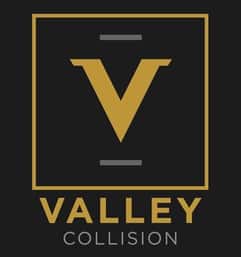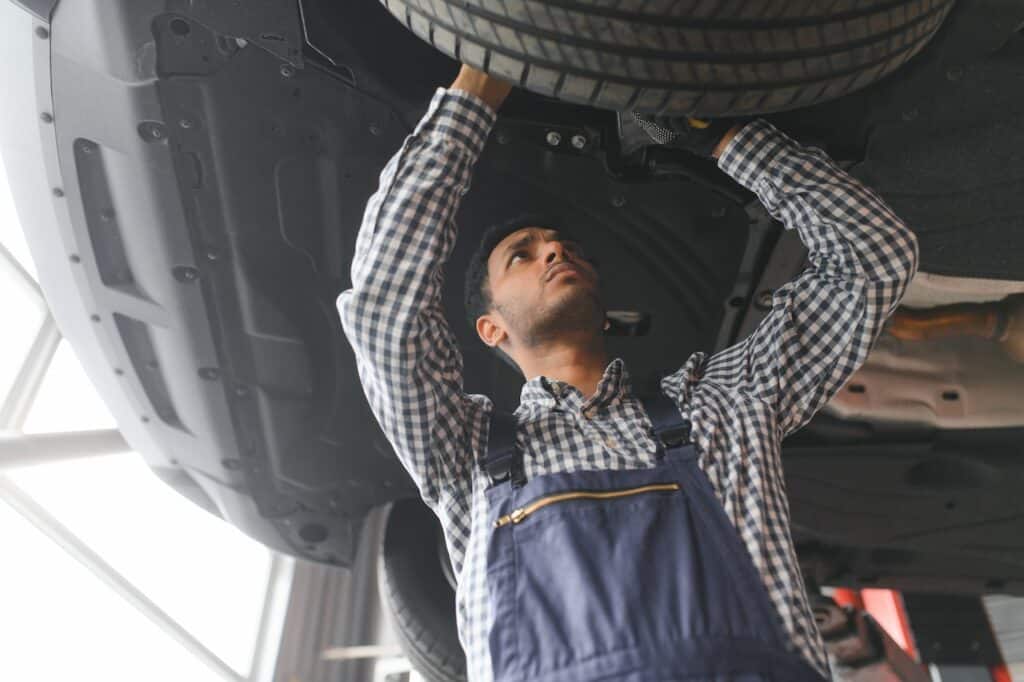Car collisions can cause immense amounts of damage, both seen and unseen. While visible damage is often easier to spot and address, it’s the unseen damage that can be cause for concern—especially if you’ve avoided taking your car in for some collision auto repair.
Why Should You Identify Unseen Car Damage?
It’s essential to identify and address any unseen damage as soon as possible to ensure the longevity, safety, and value of your vehicle.
Unseen damage can compromise the structural integrity of your vehicle, making it more susceptible to further damage in case of another collision. It can also affect the performance and safety of your car, leading to costly collision auto repairs or even accidents in the future.
Plus, if you plan on selling or trading your car, any undisclosed damage will significantly decrease its value and make it harder to find a buyer.
Types of Invisible Car Damage After a Collision
Here are some of the most common types of unseen car damage caused by a collision:
Front-End Collision
Front-end collisions are one of the most common types of accidents, and they can require significant collision auto repairs.
- Frame Damage: Stress on the frame from the impact can cause structural issues that are not immediately visible.
- Alignment Issues: Any misalignment of the wheels or suspension components can lead to uneven tire wear and handling problems.
- Hidden Engine Damage: Damage to the radiator, engine mounts, or internal components may not be apparent without a thorough inspection.
Since front-end damage can impact critical safety features and engines, inspect this area for damage immediately after a collision.
Rear-End Collision
Rear-end collisions may seem minor, but they can still cause significant damage.
- Trunk and Rear Body Damage: Damage to the rear bumper, trunk, or frame can affect the vehicle’s structural integrity.
- Rear Axle Misalignment: The impact from a rear-end collision can cause misalignment of the rear axle, leading to handling issues.
- Electrical System Damage: The wiring harnesses and electrical components in the rear of the vehicle may be damaged and cause significant electrical problems.
- Transmission Damage: If the vehicle is rear-wheel drive, the transmission may have sustained damage from the impact and require repairs.
To properly inspect your rear-end damage, check the trunk and rear of the vehicle for any signs of misalignment or damage. You should always check for these damages before deciding whether to continue driving.
Side-Impact Collision
Side-impact collisions can result in severe damage to the vehicle’s doors, fender, and side panels.
- Door and Side Panel Damage: Dents or structural damage to the doors or side panels can compromise safety and structural integrity.
- Suspension Damage: The impact from a side collision can damage suspension components, leading to handling problems.
- Hidden Airbag Damage: Side-impact collisions can cause damage to airbag sensors or deployment systems, affecting your safety.
- Wheel Damage: The wheels or tires may sustain damage from a side-impact collision, affecting their balance and performance.
- Frame Damage: Similar to front-end collisions, side-impact collisions can also cause damage to the frame and structural components of the vehicle.
It’s easy to forget to assess all aspects of your car’s sides after a collision, but you should always thoroughly inspect the doors, panels, and suspension components for any signs of damage or misalignment.
Hidden Damage Detection Tips
Not all unseen car damage is immediately apparent, but there are some signs you can look out for to identify potential issues and take your car in for collision auto repairs:
- Unexplained Noises: If your vehicle starts making strange noises after a collision, it could be a sign of internal damage.
- Vibrations or Shimmying: Any unusual vibrations or shaking while driving could indicate underlying suspension or wheel damage.
- Uneven Tire Wear: Misalignment or damaged suspension components can cause uneven tire wear, so check your tires for any unusual patterns.
- Fluid Leaks: Any leaks under your vehicle could be a sign of damage to the engine, transmission, or other critical systems.
It’s always best to err on the side of caution and have a professional inspect your vehicle for any potential damage after a collision.
Need Collision Auto Repair? Trust Valley Collision
If you’ve been in a collision and suspect your vehicle may have unseen damage, take it to Valley Collision for professional inspection and repair. Our certified technicians will thoroughly examine your car and provide any necessary collision auto repairs to ensure its safety, performance, and value.
Don’t let unseen damage go unnoticed—trust our team at Valley Collision to keep you safe on the road.

